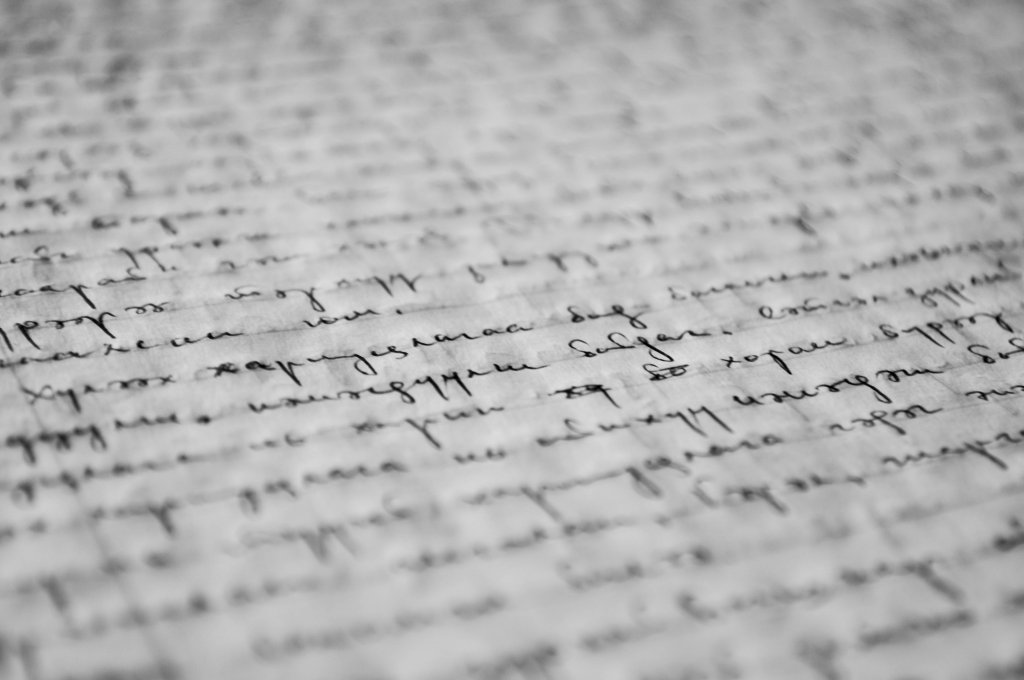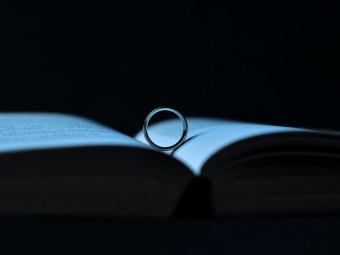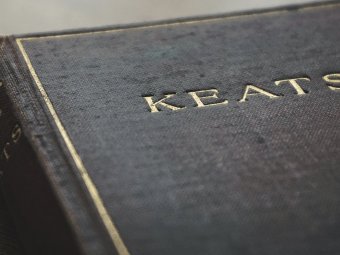Enchantment, Imagery and the Aesthetics of Sound in the poetry of John Keats

“It’s levi-O-sa, not levio-SA!” This pointed advice offered to Ron by Hermione during their Charms lesson upholds the belief that accurate enunciation of the correct words is
crucial for a spell to work its magic; making a mistake in articulation can backfire. So, casting an effective magic spell requires the usage of the right words in the right manner to produce the right kind of transformative effect. The power of words and the effect that they have cannot be underestimated, either in the realms of magic or in reality. Poetry, especially Romantic Poetry harnesses this magical quality embedded in words, and the poet turns into a wizard who enchants the readers with a fine selection of words. A poet, through his/her command over the language and the ability to understand, manipulate, and appeal to the emotions of the readers has the ability to marshal words to evoke the desired effect. In this regard, a poem is a magic spell and the words on the page stir the murmurings in the mind.

“A poem is a magic spell and the words on the page stir the murmurings in the mind.”
The origins of Romanticism can be traced back to 1798, when two young poets, William Wordsworth and Samuel Taylor Coleridge published a collaborative volume of poems titled “Lyrical Ballads.” The “Preface to the Lyrical Ballads” written by Wordsworth appeared in the second edition published in 1800. Wordsworth’s Preface justified the critical principles of the Romantic Movement and laid down the theoretical foundation for the second-generation Romantic poets such as Percy Bysshe Shelley, John Keats, and Lord Byron.
John Keats (1795-1821) is recognized as one of the most influential Romantic poets of the 19th century. Keats wrote sublime poetry immersed in lush imagery that explores many themes ranging from nature, love, beauty, mutability, and death. His style has a magical and mysterious quality, powerful enough to enchant the reader. This can be attributed to the musicality and the immersive qualities of Keats’s words which delicately weave together the sonic elements of language with the textural density of words and images. The odes and sonnets composed by Keats are marked with sensuousness in style and richly suggestive visual imagery, dramatic tension, and exquisite verbal music. Upon reading his poetry, one finds oneself immediately absorbed into the action of the poem; the language and imagery captivate the reader, almost as though holding the reader under a hypnotic spell.

“His style has a magical and mysterious quality, powerful enough to enchant the reader.”
Keats’s greatness lies in his ability to construct a parallel world with the use of language and then charm the reader into this creation which is suspended in space and time, existing between the physical and the metaphysical. The reader is kept spellbound by the poet, the enchanter, through the medium of words. A prominent element in Keats’s poetry is the quest for liberation from human limitations and a desire to explore visionary states of consciousness that perhaps intrude upon the laws of reason. Through his art, Keats aimed at investigating and understanding the eternal truth of existence. In “Ode to a Nightingale” (1819), his most acclaimed work, the poet departs from conscious reality and sets out on a quest to enter a transcendental and mythological world. The Romantic poets viewed the world that came into existence during the Enlightenment as being deprived of beauty, magic, and mystery; it was a world disconnected from mystical truths, a world in which they were exiles. Keats sought to re-mystify a disenchanted world through poetry, as expressed in “Ode to a Nightingale,”
“Away! away! for I will fly to thee,
Not charioted by Bacchus and his pards,
But on the viewless wings of Poesy”
Ode to a Nightingale, John Keats





